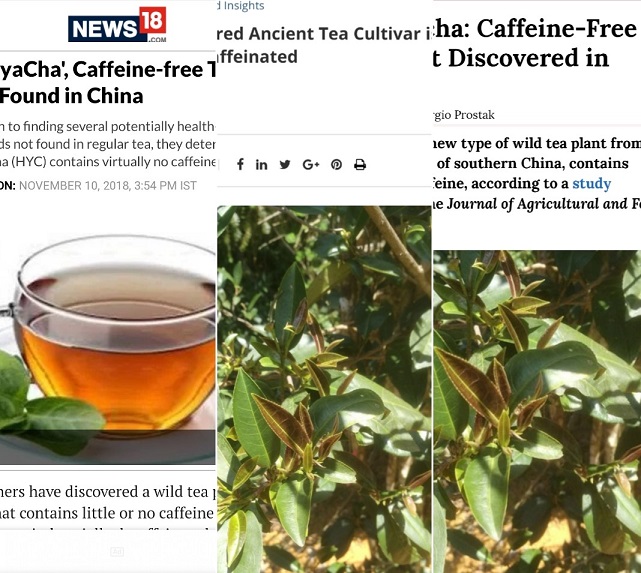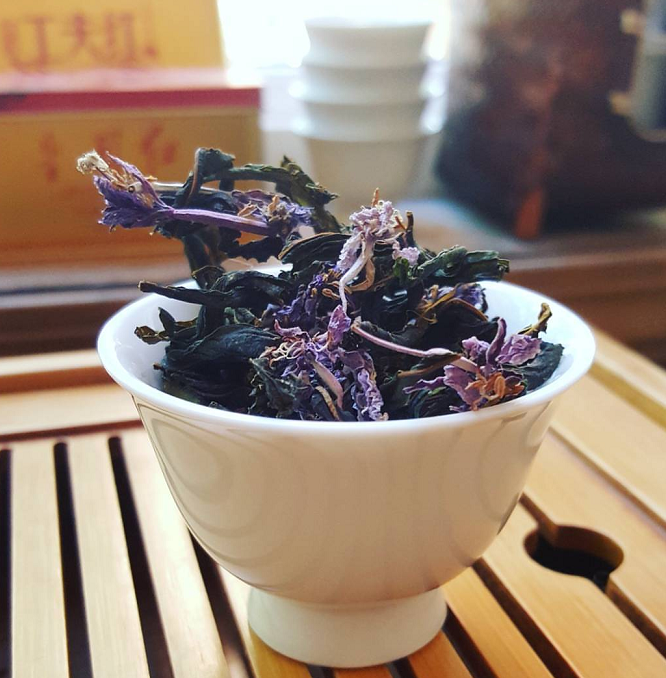In late 2018, various media outlets were all a-buzz about a new (old) discovery.

An as-of-yet uncategorized decaffeinated tea plant in Fujian province, China. Some of the articles exaggerated the claim; others got some of the science wrong completely. Put succinctly: a long-forgotten cultivar had mutated. How does that happen?
Well, as most tea botany nerds know, cultivars are only classified as such if the genetic info is uniform. Meaning: cultivated varieties of certain tea plants could only be called as such if they’re grown from clones or grafts from other members of that cultivar. If grown from seed, the genetic profile of that tea tree changes.
Well, the decaf tree—dubbed Hong Ya Cha—was one such genetic variant. And I couldn’t stop talking about it. Why? Well, my relationship with caffeine was in flux, and I looked for any tea-adjacent alternatives I could find.
In a real-life conversation with other tea blog friends, I brought the subject up. (Mainly curious if anyone sold any teas made from Hong Ya Cha.) One of them mentioned Verdant Tea as a possible source. I went to digging.
Turns out what they had was a completely different thing, entirely. Oh, they possessed “teas” that were made from a supposedly decaffeinated plant. But it wasn’t from a mutated Camellia sinensis tree. No, theirs was from a cousinly species from Yunnan province, China. Camellia crassicolumna.

